The term DC charging pile, often referred to as fast charging technology in common parlance, is a topic of considerable interest in the realm of electric vehicles. Currently, the power of DC charging piles available in the market is not uniform but rather varies based on multiple factors such as the specific vehicle model and the manufacturing automaker.
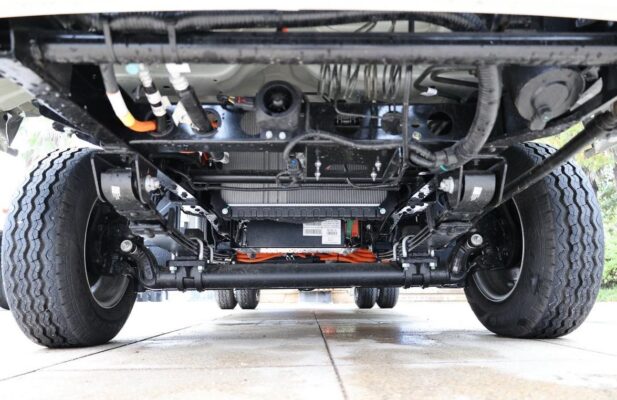
DC charging piles essentially accelerate the chemical reactions within the battery through the modules they incorporate, facilitating the rapid charging of the power battery. Generally speaking, the mainstream charging pile powers in the market range from 60kW to 90kW, and typically, they seldom exceed 120kW. The primary reason behind this lies in the fact that during the production and design stages of new energy vehicles, each automaker has distinct requirements regarding the voltage-carrying capacity and performance of the power battery.
Some automakers with more advanced and mature technologies employ power batteries that offer superior performance. Consequently, these batteries exhibit enhanced capabilities in terms of both service life and voltage-carrying capacity, making them compatible with DC charging piles of higher power. On the contrary, for new energy vehicles with relatively weaker pressure-bearing capabilities, to safeguard the battery’s lifespan, they are only suitable for DC charging piles with comparatively lower power. Thus, the disparity in the production standards among automakers is the main contributing factor to the varying powers of DC charging piles.
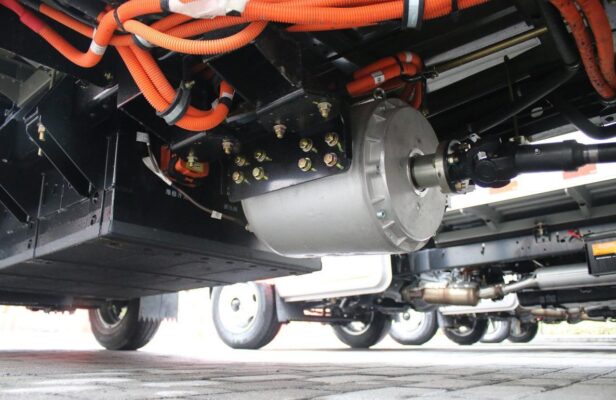
For instance, a manufacturer that has invested heavily in battery research and development might produce batteries that can withstand higher charging rates and voltages, allowing for the use of more powerful DC charging piles. These batteries might incorporate advanced materials and designs that facilitate faster charging without compromising longevity. In contrast, another manufacturer with less advanced battery technology might need to limit the charging power to prevent premature degradation and ensure a reasonable battery lifespan.
It is also important to note that, currently, limited by the existing power battery technology, if one desires to ensure the longevity of the power battery, the preferred approach is to utilize slow charging, that is, AC charging piles. DC charging piles not only impose requirements on the battery-carrying capacity of the vehicle but also have implications for the power grid. After all, the potential safety hazards associated with DC charging piles of a certain power exceeding a certain threshold are relatively significant. This is one of the main reasons why there are relatively few DC charging piles with a power exceeding 120kW in the market.
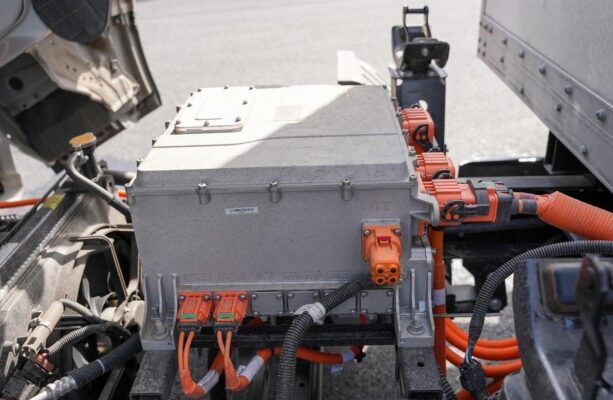
Imagine a scenario where a high-power DC charging pile is connected to a vehicle with a battery that is not designed to handle such rapid charging. This could potentially lead to overheating, reduced battery capacity over time, or even pose a risk of fire or other safety issues. Ntxiv thiab, a large number of high-power DC charging piles connected to the power grid simultaneously could cause instability and fluctuations, affecting the overall power supply quality and reliability.
However, it is anticipated that in the future, as automakers continue to make advancements and narrow or even unify the technological gap, it is believed that at that juncture, all manufacturers will unanimously opt for DC charging piles of the same standard power to serve the models they produce. This would eliminate the current situation where different powers are not interchangeable and could better drive the growth and development of the new energy vehicle industry.
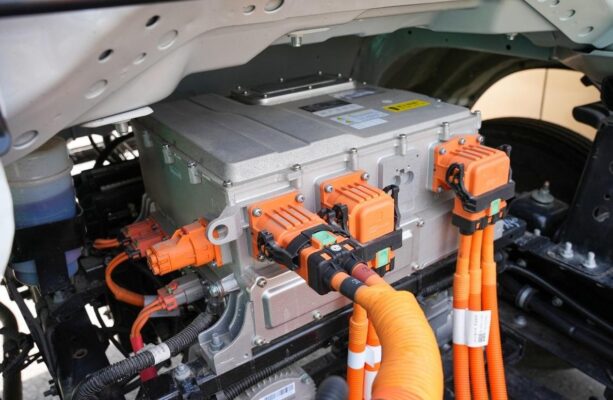
The power of DC charging piles indeed varies depending on different suppliers and models. DC piles incorporate additional modules within (a feature absent in AC piles) and are connected to a 380V three-phase voltage. The common module is typically 15KW, thereby resulting in powers such as 15KW, 30KW, 45KW, 60KW, 90KW, 120KW, 180KW, 240KW, 360KW, and so forth.
In reality, there are also substantial differences in the maximum allowable charging power for each automaker and each vehicle model. When the charging capacity of the charging pile exceeds the charging demand of the vehicle, the charging speed is determined by the technical specifications of the on-board battery pack, including factors such as capacity, charging rate, voltage, and current. Conversely, if the charging demand exceeds the capacity of the charging pile, the charging speed is then limited by the charging pile’s own capabilities.
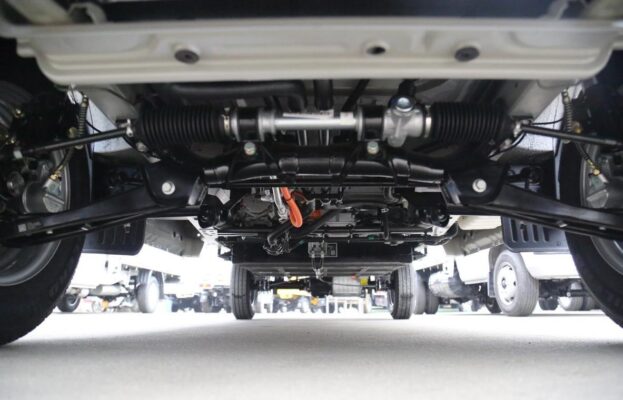
The charging options available in the market can be classified into AC charging piles (which offer slow charging, and an AC fast charging route is also being developed and implemented) and DC charging (fast charging). The AC charging pile, precisely speaking, has a power of 3.3KW and is connected to an AC voltage of 220V. Following this, there are 7KW and 40KW AC options (it should be noted that when it comes to 40KW AC, it is usually a single-gun configuration and there are no double guns). The charging pile functions analogously to the fuel dispenser in a gas station. It can be securely fixed on the ground or wall and installed in public buildings (such as public buildings, shopping malls, public parking lots, etc.) and residential community parking lots or dedicated charging stations. It is capable of charging various types of electric vehicles based on their distinct voltage levels.
The input end of the charging pile is directly connected to the AC power grid, and the output end is equipped with a charging plug designed for charging electric vehicles. The charging pile typically provides two charging methods: regular charging and fast charging. Users can employ a specific charging card to interact with the human-computer interface provided by the charging pile.
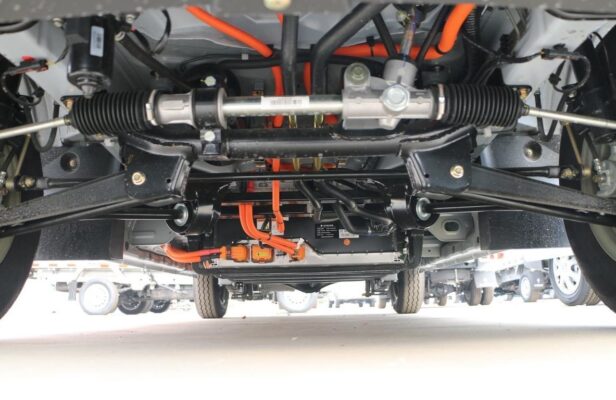
Based on the current technological status of power batteries, fast charging remains an emergency measure to address the issue of vehicle range. Consumers should cultivate a charging habit primarily centered around slow charging, supplemented by fast charging when necessary, to safeguard the lifespan of their vehicles.
In conclusion, the power of DC charging piles is not uniform at present, but as technology progresses and standards converge, we can expect a more streamlined and consistent charging infrastructure in the future. This will not only enhance the convenience and usability of electric vehicles but also contribute to the wider adoption and sustainable development of this mode of transportation.